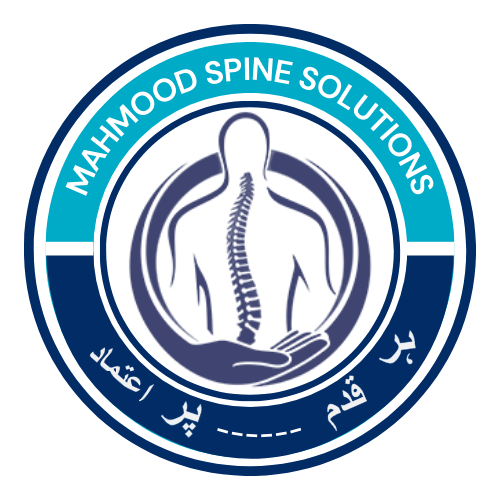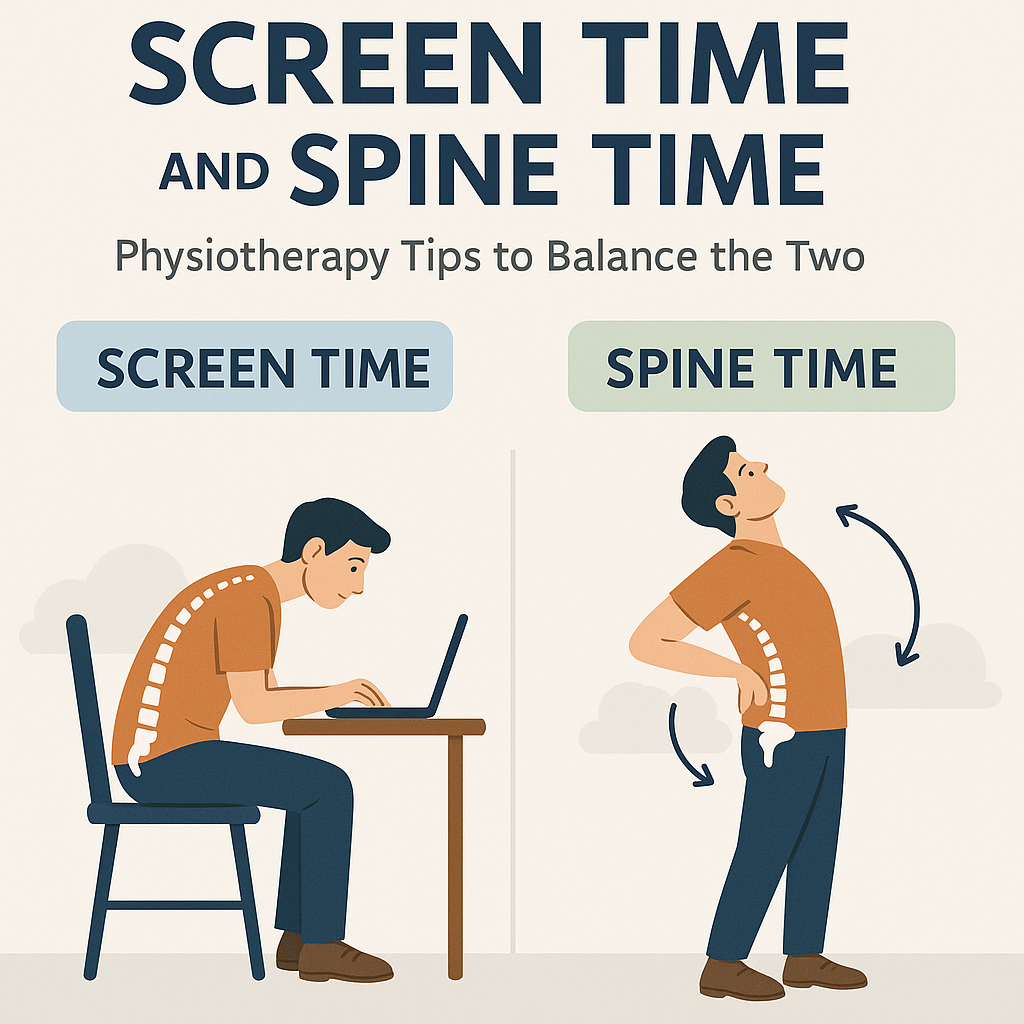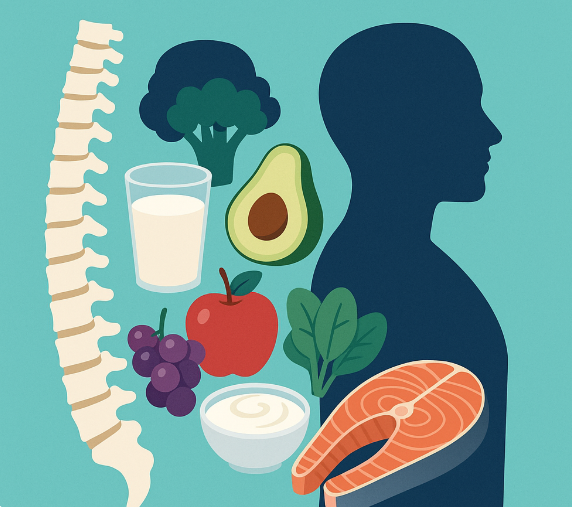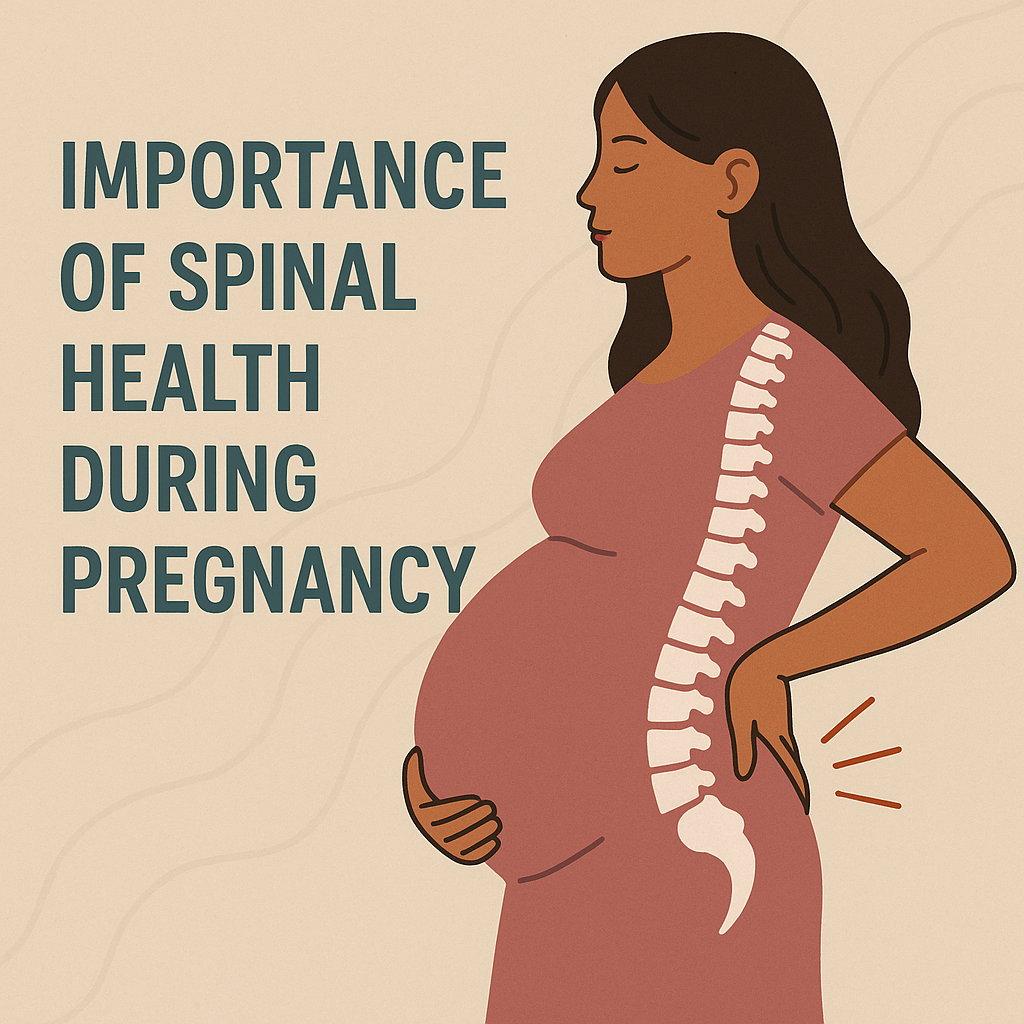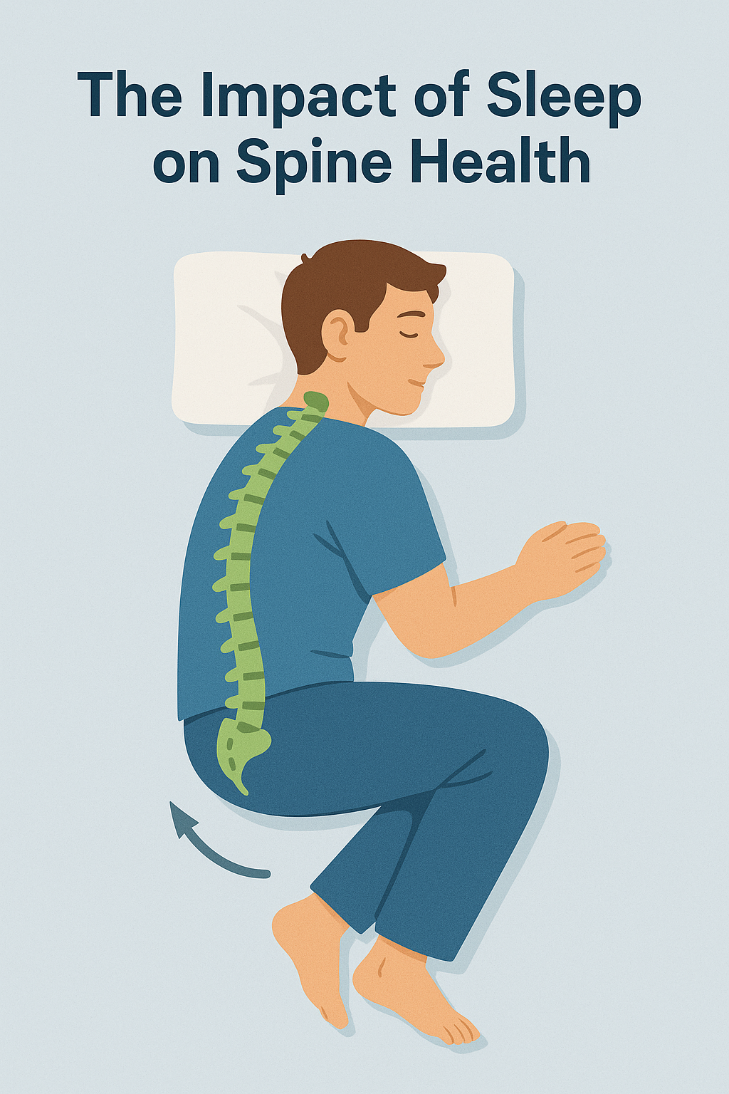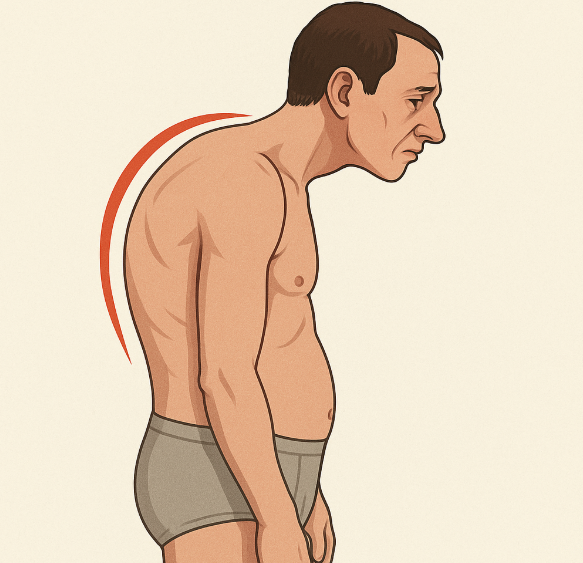In today’s digital age, prolonged screen time has become a part of everyday life, whether it’s working on computers, scrolling on smartphones, or watching television. While technology connects and empowers us, excessive screen time can silently harm spinal health. Poor…
Is your mattress hurting your back? You’re not alone. Back pain is one of the most common complaints among adults, and surprisingly, your mattress might be the hidden culprit. As physiotherapists, we’ve seen how poor sleep posture and an unsupportive…
Household chores and back pain are closely linked, making this a widespread concern affecting individuals across all age groups. One often-overlooked contributor to back discomfort is the way we perform routine household tasks. Repeated bending, twisting, lifting, or prolonged standing…
The impact of aging on spinal health is marked by gradual anatomical and physiological changes throughout the body, especially the spine. This complex structure of bones, discs, joints, ligaments, and muscles undergoes natural wear and tear over time, affecting spinal…
Proper nutrition plays a crucial role in maintaining a healthy spine and preventing spinal disorders. The spine is a complex structure composed of bones (vertebrae), intervertebral discs, muscles, ligaments, and nerves—all of which require specific nutrients to function optimally. A…
The impact of walking on spine health is both significant and multifaceted. As a fundamental form of human movement, walking plays a crucial role in supporting spinal alignment, enhancing mobility, and promoting overall musculoskeletal health. This article explores the intricate…
Electrotherapy is a therapeutic modality that utilizes electrical energy to relieve pain, stimulate muscles, and promote tissue healing. In the context of spinal pain—whether due to degenerative disc disease, herniated discs, spinal stenosis, or post-operative conditions—electrotherapy can be a valuable…
The Importance of Spinal Health During Pregnancy: Pregnancy brings about profound physiological and hormonal changes that significantly impact the musculoskeletal system, particularly the spine. As the fetus grows, a woman’s center of gravity shifts forward, increasing the lumbar curve (lordosis)…
Sleep plays a vital yet often overlooked role in maintaining spinal health. Beyond relieving fatigue, quality sleep enables essential physiological processes that directly affect the spine’s structure, function, and resilience. From disc recovery to muscle repair and pain regulation, the…
Kyphosis is an excessive forward curvature of the thoracic spine, resulting in a hunchback or rounded upper back appearance. While a slight curvature is normal, kyphosis is typically diagnosed when the spinal curvature exceeds 40-45 degrees. Types of Kyphosis: 1)…
